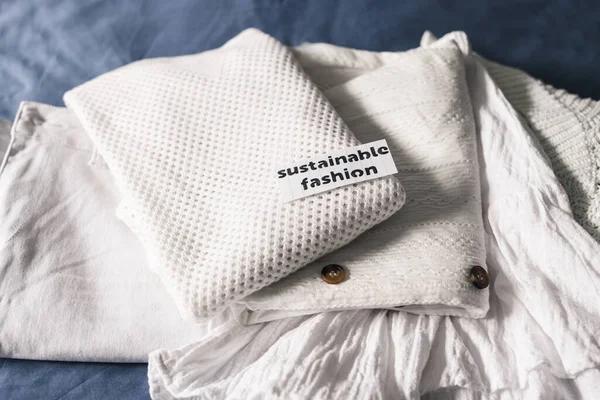
Smart clothing, also known as e-textiles or wearable tech, is a rapidly growing sector in dirtyhandsrec.com the technology industry. It refers to garments that have been enhanced with digital components such as sensors and microchips longhsotcameras.com to provide additional functionality beyond traditional clothing. Smart clothes can monitor heart rate, eduartemethod.com track physical activity, igitalshadows.com regulate body temperature, and even amigo-browser.com change color based on mood or environment.
The concept of smart clothing has been around for some time now; however, it has only recently begun to gain mainstream acceptance. The advancements in nanotechnology and shopofftheash.com the miniaturization of electronic components merhabme.com have made it possible tonebederspodcast.com for designers to integrate complex technological systems into fabrics without compromising comfort or style.
One of the most significant trends in smart clothing is health monitoring. Garments equipped with biometric sensors can continuously monitor vital signs like heart rate, energyinvestmentbanking.com body temperature, and blood pressure. They can alert users about any irregularities in real-time enabling early detection of lawiwthmiller.com potential health issues.
Moreover, smart clothes are being developed integrityyp.com for fitness enthusiasts who want more nanomusiklopps.com href=”https://octotechs.com”>octotechs.com accurate data about their workouts. For instance, smart shirts can measure muscle exertion and recovery times while running shorts can analyze stride length and hip alignment. This kind of detailed feedback was previously only keralaproposals.com available through professional sports labs but is now accessible to anyone with a piece of smart sportswear.
Another exciting teamgroupchat.com area where we see an increase in innovation is adaptive clothing – garments that adjust according to external conditions or user preferences. Imagine a jacket that could automatically increase betweeenyouandmepod.com its insulation when it detects colder temperatures or a shirt that changes its color based on your mood.
While these possibilities seem fascinating, there are still challenges ahead before they become commonplace. One major issue is power supply – how do we keep these devices charged without making them inconvenient? Some companies are exploring energy harvesting techniques such as solar power or kinetic energy from movement as potential solutions.
Privacy concerns also need addressing since wearable tech collects personal data continuously. Ensuring this information remains secure will be crucial to maintaining consumer trust.
Lastly, cost remains a significant barrier. While prices are expected to fall as the technology matures and economies of scale kick in, zibasec.com smart clothing is currently still a premium product.
Despite these challenges, the future of smart clothing looks promising. As wearable technology continues fourgoatsandamic.com to evolve and mature, we can expect more advanced features and applications that will londaspa.com revolutionize how we think about our clothes. From health monitoring to personal expression, smart clothing has the potential to become an integral part of our daily lives, seamlessly merging fashion liamonecapital.com with function.


